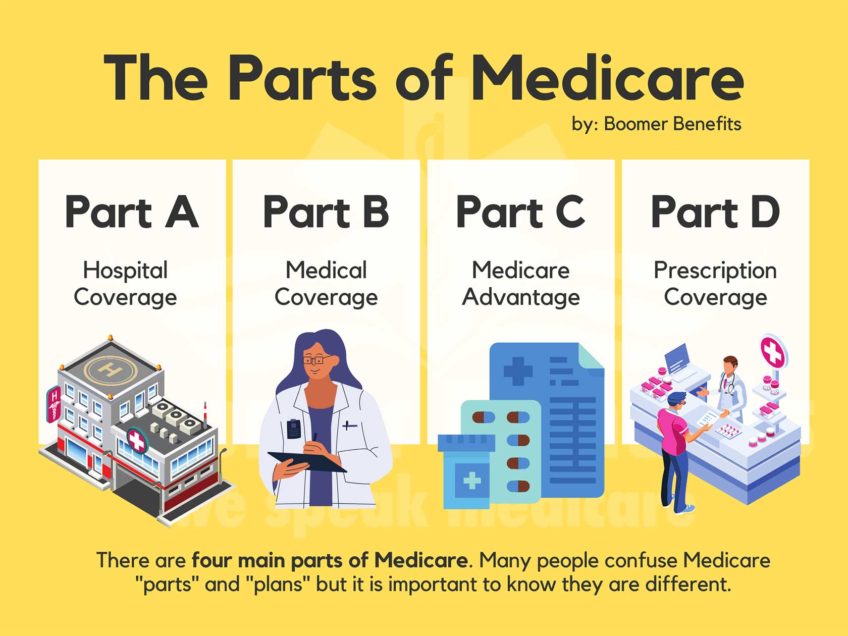WASHINGTON — Just over a decade after scientists cloned the first animal, the last major barrier to selling meat and milk from clones has fallen.
The U.S. government declared this food safe last Tuesday. Now, the question is: Will people buy it?
Consumer anxiety about cloning is serious enough that several major food companies, including big dairy producer Dean Foods Co. and Smithfield Foods Inc., say they are not planning to sell products from cloned animals.
And the industry says most Americans would never eat a cloned animal for sheer economic reasons: At $10,000 to $20,000 per cloned cow — compared with $1,000 for an ordinary steer — they are too valuable. They would be used primarily for breeding, to produce a steady supply of cattle that are particularly tender, for instance, or for prize dairy cows. It would be offspring of clones that consumers would eat.
But it will be hard to tell which foods do contain ingredients originating from cloned animals. The Food and Drug Administration (FDA) ruled that labels will not have to reveal whether the food comes from cloned cows, pigs or goats, or the clones’ offspring, because those ingredients are no different than meat or milk from livestock bred the old-fashioned way.
“We found nothing in the food that could potentially be hazardous. The food in every respect is indistinguishable from food from any other animal,” FDA food safety chief Dr. Stephen Sundlof said. “It is beyond our imagination to even find a theory that would cause the food to be unsafe.”
Still, the government asked producers to continue a voluntary moratorium on sales of meat or milk from clones for a little longer, for marketing reasons. The U.S. Department of Agriculture (USDA) said it needed a transition period to get the safety findings to foreign trade partners and food companies.
“This is about market acceptance,” USDA Undersecretary Bruce Knight said, adding that he expected this period to last months.
The two main U.S. cloning companies, Viagen Inc. and Trans Ova Genetics, already have produced more than 600 cloned animals for U.S. breeders, including copies of prize-winning cows and rodeo bulls. They agreed to USDA’s call for a continued moratorium last Tuesday, but stressed that it applied only to clones themselves, not those animals’ conventionally produced offspring, which can begin selling immediately.
The FDA spent six years tracking the safety of cloning, and its decision was long expected, but it came after an emotional fight by opponents. Congress passed legislation last month urging further study of the issue, a call echoed by consumer advocates who also asked that foods from cloned animals be labeled as such.
Their objections aren’t just about food safety but also include animal welfare, since many attempts at livestock cloning still end in fatal birth defects.
“If you have moral objections to a particular food, or ethical objections to them, FDA’s saying, ‘Tough, you’ve got to eat it,’” said Carol Tucker-Foreman of the Consumer Federation of America, who pledged to push for more food producers to shun clone-derived ingredients.
“The FDA did not give adequate consideration to the welfare of these animals or their surrogate mothers,” said Wayne Pacelle of the Humane Society of the United States.
This was a day forecast since Scottish scientists in 1997 introduced the world to Dolly the sheep, the first successfully cloned animal. Ironically, sheep are not on the list of FDA’s approved cloned animals; the agency said there wasn’t as much data about their safety as about cows, pigs and goats.
The FDA is not alone in calling cloned food safe. European regulators earlier this month issued a draft report reaching the same conclusion, and the U.S. National Academy of Sciences has found no cause for concern.
By its very definition, a successfully cloned animal should be no different from the original animal whose DNA was used to create it.
Still, FDA is not surprised by the outcry since it pored over 30,500 comments from the public — many of them negative — before issuing its ruling. A September 2006 poll by the Pew Initiative on Food and Biotechnology found that 64 percent of Americans were uncomfortable with animal cloning. And when FDA convened its own focus groups, it found a third of consumers would never eat food from cloned animals. Another third were not worried, and the rest fell somewhere in the middle.
The public should understand that cloning is just another form of breeding, like the artificial insemination that ranchers widely use, Trans Ova President David Faber said.
“Our farmer and rancher clients are pleased, because it provided them with another reproductive tool,” he said, pledging to “be a good steward of the technology.”
But cloning technology is not perfected. Aside from birth defects, Dolly was euthanized in 2003, well short of her normal lifespan, because of a lung disease that raised questions about how cloned animals will age.
“Currently,” the FDA’s report acknowledges, “it is not possible to draw any conclusions regarding the longevity of livestock clones or possible long-term health consequences” for the animal.
But the agency concluded that cloned animals that are born healthy are no different than their non-cloned counterparts during their prime food-producing years, and go on to reproduce normally as well. Moreover, it is working with a group of international scientists that will issue guidelines later this year on how to clone, to minimize risk to the animals.
(Associated Press)






